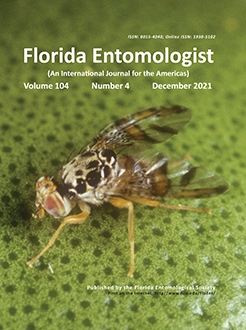RESEARCH PAPERS (8)
SCIENTIFIC NOTES (2)
MISCELLANEOUS (2)

No abstract available
No abstract available
